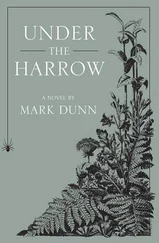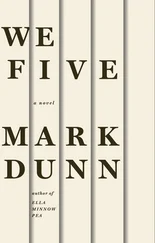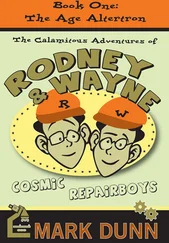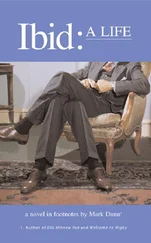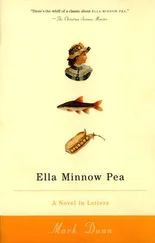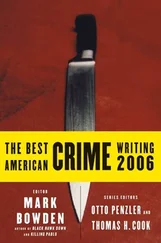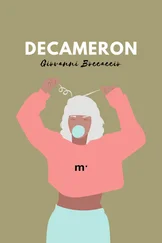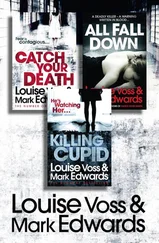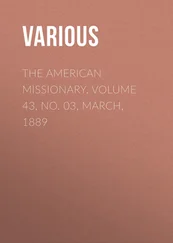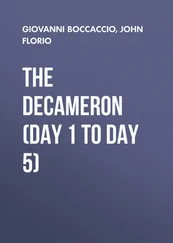“Cal. Hurry up. It’s getting late. Let’s play.”
“Have you seen my socks?”
“What am I? Your valet? Let’s skidoo.”
“I’ll play without my socks.”
“Whatever suits you, Cal. Get your racket. Or have you lost that, too?”
The younger of the two Coolidge boys found his racket and raced his brother out to the White House tennis court .
“I’d just as soon walk, Dickie.”
“Come on, Bobby. Get in. I wanna ask you about that tennis racket you were using at our court last week. I was thinking about getting one just like it for Tommy.”
Tommy was Dickie’s brother and one of Bobby’s best friends. Bobby and Tommy both playing with the same kind of racket: that sounded to Bobby like a swell idea.
Babe held the door open for Bobby to climb into the front seat. Bobby didn’t know Babe. Dickie introduced them.
“I have to stop playing, John. I’ve got a blister.”
Calvin sat down on the court and pulled off his shoe. The big toe on the right foot was inflamed and tender to the touch. He put the shoe back on. He thought no more about it as he hobbled inside. He had other things to do, other things to think about. For a sixteen-year-old, life is a busy, crowded place .
The idea was to hit Bobby in the head with a chisel and knock him out. Babe and Dickie had seen it done this way in the movies. Then once the boy was unconscious, they’d take him to a place Dickie had come across during one of his bird-watching rambles. There was an inconspicuous culvert-drain pipe there. There the two teenagers would strangle the unconscious boy, each pulling on different ends of the rope to share in the responsibility for the crime. Once the killing was finished, Babe and Dickie would stuff Bobby’s body into the pipe.
Unfortunately, the first blow didn’t quite do the trick. The result was nothing like what generally happened when Charlie Chaplin did it to Mack Swain in the movies.
“What’s wrong, Calvin? Why are you limping?” The President of the United States set his paperwork aside and motioned the younger of his two teenage sons into his office .
“I’ve got a blister. I think it’s gotten infected.”
“Let me have a look at it.”
President Calvin Coolidge examined his son’s foot. It was in bad shape; a serious blood infection had set in .
“Stay here. I want to get Dr. Boone’s opinion.”
Dickie Loeb struck Bobby again, and then again, holding his hand firmly over the boy’s mouth to muffle his screams. Babe Leopold cringed. Dickie was putting strong force behind each of the blows, but Bobby was still conscious, still struggling for his life. “This is terrible,” Babe muttered. Then the words came with more volume, with even more horror: “Oh, Dickie! Oh, Dickie, this is terrible!”
Blood flowed freely from the growing wound on Bobby’s head, the spot where Dickie was concentrating his assault. The back of the front seat was now bathed in blood.
Finally, Bobby stopped squirming. He stopped screaming. He began to moan. Bobby Franks was, at long last, losing consciousness. With Babe pushing and Dickie tugging, the boy was brought over the seat and into the back of the car. Dickie stuffed a wad of cloth into Bobby’s mouth.
Bobby, as luck would have it, was now bleeding all over the rental car.
Calvin was delirious with fever. He imagined that he was a young boy again. He was leading his toy soldiers into battle. Dr. Boone, now attending the teenager at Walter Reed Hospital, watched as Calvin played out his fevered fantasy with weakened hands. His body was tense, battle-ready. And then Calvin Coolidge Jr. relaxed .
“We surrender,” he said in a hollow whisper .
“No, Calvin,” replied the doctor. “Never surrender.”
But the second son of the president wasn’t listening. He had lapsed into a coma .
Dickie Loeb wrapped the boy — who had been his young friend, his neighbor, his second cousin, his tennis companion, and was now his murder victim — in a blanket and put him on the floor.
“Is he dead?” asked Babe.
Dickie looked up at his partner-in-crime. Babe’s face wasn’t handsome like Dickie’s. The eyes were like a lemur’s, and the lips too fat for the size of his mouth. Babe didn’t have Dickie’s personality, either. Dickie made friends with everyone. He had charm. It masked his sociopathy.
Was the deed done? Was that thing which the two had planned to do — Babe and his friend, his lover, his idol, Dick Loeb — was it finished at last?
The sun was bright on this warm spring afternoon in Chicago. There was approval in the air. Had they actually pulled it off: the perfect murder? An “inferior” life brought to an end simply because they — two Nietzschean Übermenschen — wished it so?
“Let’s see if he’s still breathing,” said Dickie, with casual, biology-lab curiosity.
At 10:00 in the evening, the other attending physician at Walter Reed, Dr. John Kolmer, prepared the patient’s father for the inevitable: the second son of Calvin Coolidge, thirtieth president of the United States, was slipping away. The president’s son was dying from an infected blister he had acquired while playing tennis on the White House tennis court with his brother .
Racked with grief, giving voice to a species of parental anguish that defied his famously solemn, quietly wry character, Coolidge jumped from his chair and took his dying sixteen-year-old child into his trembling arms. Through a voice raw with pain and emotion, Calvin Coolidge invoked his religious faith in his address to his son. He cried, “I will soon join you in the Great Beyond. Tell Grandmother.” He placed into his son’s hand a medallion that had belonged to his mother — a woman who had succumbed to tuberculosis when the president was only twelve .
Babe and Dickie drove the rented, blood-drenched car around until night fell. While they waited for the imminent cover of darkness, they stopped to have hot dogs and root beers with the lifeless body of fourteen-year-old Bobby Franks lying cocooned on the floor of the car. Babe tried to get a better hold on his emotions. Dickie made jokes.
Richard Loeb was cool. He was calm and collected. He and his friend Nathan Leopold had just committed the perfect crime, notwithstanding all the blood that they would have to figure some way to get rid of before they returned the vehicle to the rental agency. (Who knew that there would be so much blood?)
And notwithstanding the fact that Babe’s eyeglasses (there were only two others sold in the Chicago area that had the same hinge) had fallen from his coat not far from the remote culvert where they deposited the naked, hydrochloric-acid-doused body of their young victim. It would be a matter of only a few hours before the body would be found — and the eyeglasses as well.
Calvin Coolidge Jr.’s body was brought back to the White House. It lay in state in the East Room, attended by an honor guard. When the wake was over, the boy’s father went downstairs, wearing his dressing gown. He stood next to his dead boy for a long time, smoothing down his hair with a tender hand. He was later to say that the power and glory of the presidency died with his son .
It was most difficult, from that point forward, to get himself even to look at it — the tennis court .
The Loebs had a tennis court, as well, and this is where Bobby Franks had come to play. There were no courts at the prison in which Richard “Dickie” Loeb spent the remaining eleven and a half years of his life (his sentence of life imprisonment made possible by what was generally considered the finest trial speech of Clarence Darrow’s long and illustrious legal career.) On January 28, 1936, Dickie Loeb died in the Stateville Penitentiary of wounds incurred when he was attacked in the shower by a razor-blade-wielding fellow prisoner. Nathan “Babe” Leopold, the model prisoner, lived to see his freedom. He was released from prison in 1958. He moved to Puerto Rico, married a widowed florist, and became a lab and X-ray assistant.
Читать дальше

